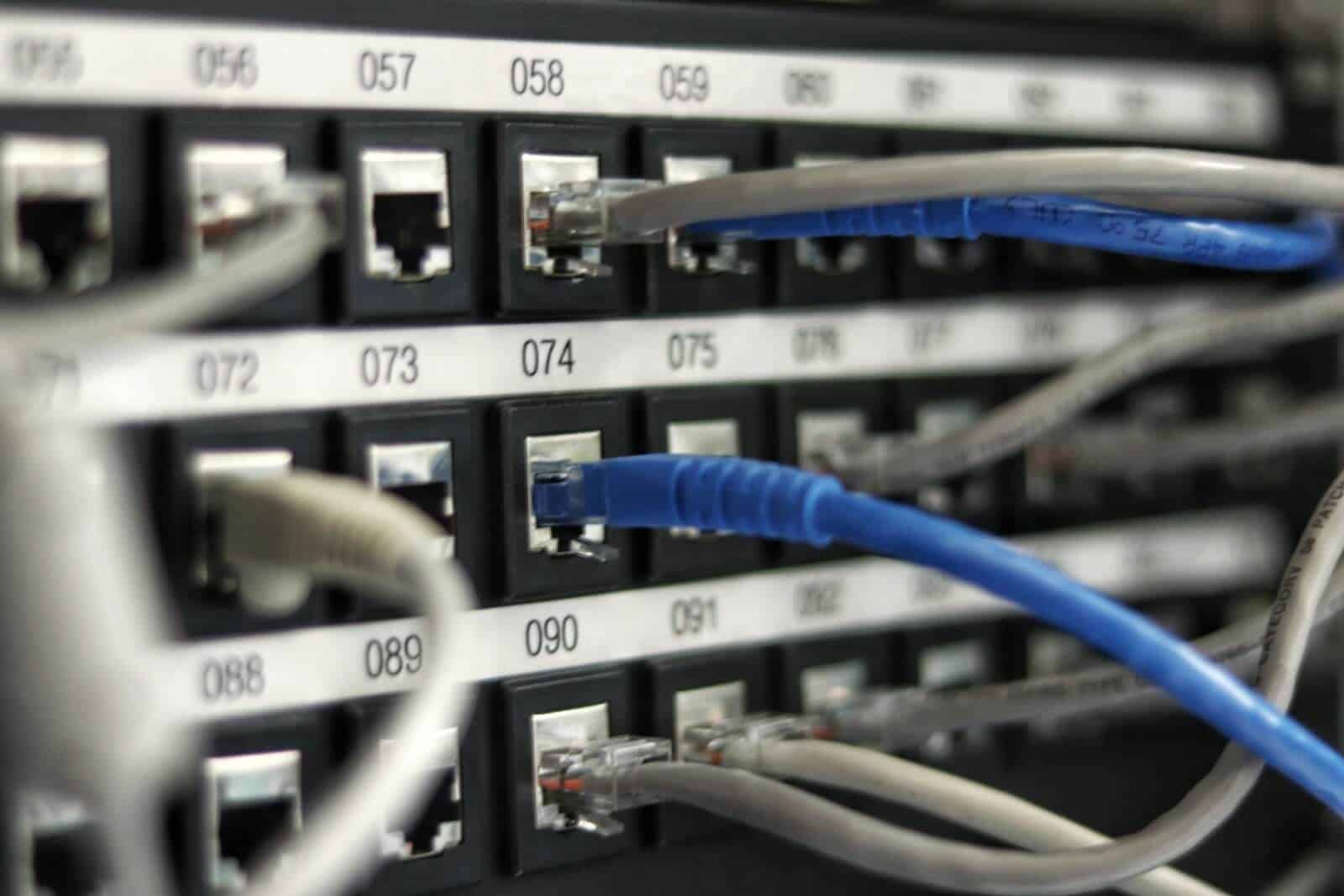Multi-Conductor Shielded Cable Options A Comprehensive Guide
Introduction: In today's technologically advanced world, the demand for efficient and reliable communication systems has never been higher. visit our website -conductor shielded cables play a vital role in meeting this demand by providing a robust and interference-free transmission medium for various applications. This article will delve into the world of multi-conductor shielded cable options, exploring their construction, applications, advantages, and considerations in a comprehensive manner. Section 1: Understanding Multi-Conductor Shielded Cables 1.1 What are Multi-Conductor Shielded Cables? – Definition and basic construction – Conductors, insulation, and shielding materials – Common configurations and variations 1.2 Importance of Shielding in Multi-Conductor Cables – The role of shielding in noise reduction and signal integrity – Types of shielding: foil, braid, and combination – Shielding effectiveness and its impact on performance  Section 2: Applications of Multi-Conductor Shielded Cables 2.1 Industrial Automation and Control Systems – Communication networks in manufacturing plants – PLCs, sensors, and actuators interface – EMI/RFI susceptibility in industrial environments and the need for shielding 2.2 Audio and Video Transmission – Professional audio systems and recording studios – Broadcast and entertainment industry – HDMI, VGA, and other video interfaces 2.3 Data and Communication Networks – Ethernet and LAN applications – Telecommunications and telephone systems – Shielding for high-speed data transmission 2.4 Medical and Healthcare Equipment – Patient monitoring systems – Imaging devices and diagnostics – Shielding for EMI/RFI protection in critical medical environments Section 3: Advantages of Multi-Conductor Shielded Cables 3.1 Noise Reduction and Signal Integrity – Protection against external interference – Reduction of crosstalk between adjacent conductors 3.2 Enhanced Safety and Reliability – Protection against electrical shocks and short circuits – Compliance with safety standards and regulations 3.3 Improved Data Transmission Performance – Minimized data loss and transmission errors – Higher bandwidth and signal quality Section 4: Considerations for Multi-Conductor Shielded Cable Selection 4.1 Cable Design and Construction – Number of conductors and gauge sizes – Insulation and jacketing materials 4.2 Environmental Factors – Temperature range and resistance – Chemical and moisture resistance – UV and abrasion resistance 4.3 EMI/RFI Shielding Requirements – Determining the level of shielding needed – Frequency range and attenuation requirements 4.4 Installation and Flexibility – Bend radius and flexibility considerations – Ease of termination and connector compatibility Section 5: Popular Multi-Conductor Shielded Cable Options 5.1 Category 5e and Category 6 Ethernet Cables – Shielded twisted pair (STP) vs. unshielded twisted pair (UTP) – Applications and performance characteristics 5.2 Instrumentation and Control Cables – Commonly used in industrial applications – Shielding options and performance considerations 5.3 Audio and Video Cables – Balanced audio cables (e.g., XLR, TRS) – Coaxial cables for video transmission 5.4 Composite Cables – Combination of power, data, and control conductors – Applications in complex systems and installations Conclusion: Multi-conductor shielded cables offer a reliable and efficient solution for a wide range of applications. High strength power cable to minimize noise, ensure signal integrity, and protect against external interference makes them essential in today's interconnected world. By understanding the construction, applications, advantages, and considerations associated with multi-conductor shielded cables, professionals can make informed decisions when selecting the most suitable option for their specific needs.
Section 2: Applications of Multi-Conductor Shielded Cables 2.1 Industrial Automation and Control Systems – Communication networks in manufacturing plants – PLCs, sensors, and actuators interface – EMI/RFI susceptibility in industrial environments and the need for shielding 2.2 Audio and Video Transmission – Professional audio systems and recording studios – Broadcast and entertainment industry – HDMI, VGA, and other video interfaces 2.3 Data and Communication Networks – Ethernet and LAN applications – Telecommunications and telephone systems – Shielding for high-speed data transmission 2.4 Medical and Healthcare Equipment – Patient monitoring systems – Imaging devices and diagnostics – Shielding for EMI/RFI protection in critical medical environments Section 3: Advantages of Multi-Conductor Shielded Cables 3.1 Noise Reduction and Signal Integrity – Protection against external interference – Reduction of crosstalk between adjacent conductors 3.2 Enhanced Safety and Reliability – Protection against electrical shocks and short circuits – Compliance with safety standards and regulations 3.3 Improved Data Transmission Performance – Minimized data loss and transmission errors – Higher bandwidth and signal quality Section 4: Considerations for Multi-Conductor Shielded Cable Selection 4.1 Cable Design and Construction – Number of conductors and gauge sizes – Insulation and jacketing materials 4.2 Environmental Factors – Temperature range and resistance – Chemical and moisture resistance – UV and abrasion resistance 4.3 EMI/RFI Shielding Requirements – Determining the level of shielding needed – Frequency range and attenuation requirements 4.4 Installation and Flexibility – Bend radius and flexibility considerations – Ease of termination and connector compatibility Section 5: Popular Multi-Conductor Shielded Cable Options 5.1 Category 5e and Category 6 Ethernet Cables – Shielded twisted pair (STP) vs. unshielded twisted pair (UTP) – Applications and performance characteristics 5.2 Instrumentation and Control Cables – Commonly used in industrial applications – Shielding options and performance considerations 5.3 Audio and Video Cables – Balanced audio cables (e.g., XLR, TRS) – Coaxial cables for video transmission 5.4 Composite Cables – Combination of power, data, and control conductors – Applications in complex systems and installations Conclusion: Multi-conductor shielded cables offer a reliable and efficient solution for a wide range of applications. High strength power cable to minimize noise, ensure signal integrity, and protect against external interference makes them essential in today's interconnected world. By understanding the construction, applications, advantages, and considerations associated with multi-conductor shielded cables, professionals can make informed decisions when selecting the most suitable option for their specific needs.